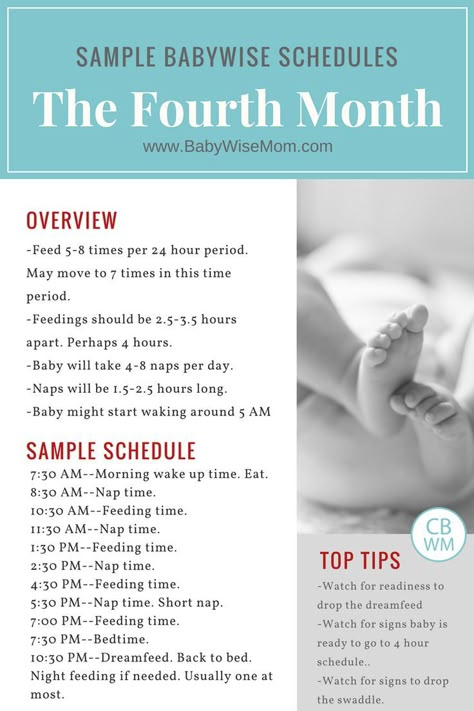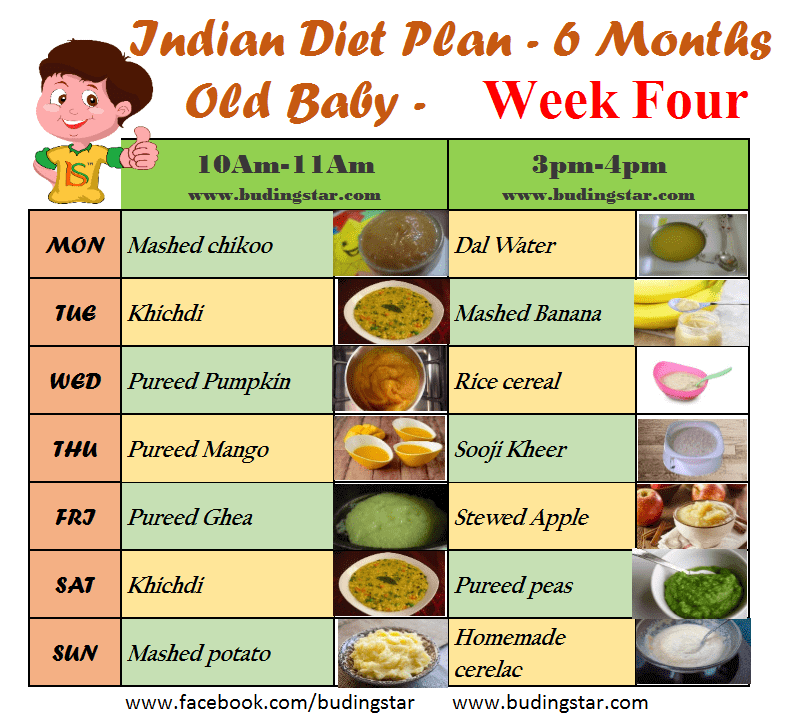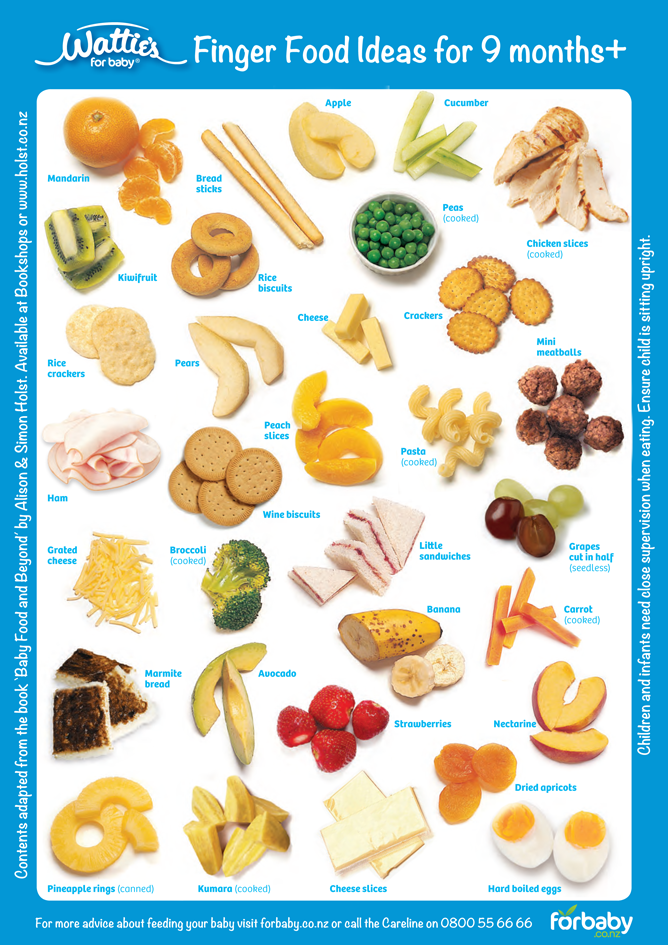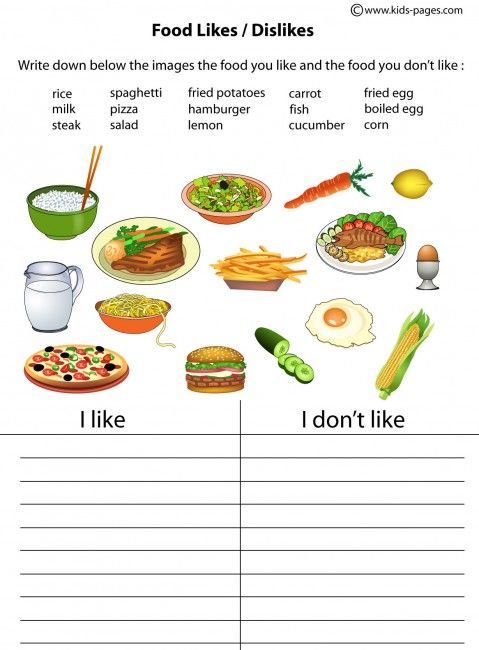Baby feeding strike
Nursing Strikes - La Leche League International
My Baby Is Suddenly Refusing to Nurse. Does That Mean It’s Time to Wean?
A baby who is truly ready to wean will almost always do so gradually, over a period of weeks or months. If your baby or toddler has been breastfeeding well and suddenly refuses to nurse, it is probably what is called a “nursing strike,” rather than a signal that it’s time to wean. Nursing strikes can be frightening and upsetting to both you and your baby, but they are almost always temporary. Most nursing strikes are over, with the baby back to breastfeeding, within two to four days.
First thing to remember is to feed the baby. The other important thing is to protect your supply.
Nursing strikes happen for many reasons. They are almost always a temporary reaction to an external factor, although sometimes their cause is never determined. Here are some of the most common triggers of nursing strikes:
- You changed your deodorant, soap, perfume, lotion, etc.
and you smell “different” to your baby.
- You have been under stress (such as having extra company, returning to work, traveling, moving, dealing with a family crisis).
- Your baby or toddler has an illness or injury that makes nursing uncomfortable (an ear infection, a stuffy nose, thrush, a cut in the mouth).
- Your baby has sore gums from teething.
- You recently changed your nursing patterns (started a new job, left the baby with a sitter more than usual, put off nursing because of being busy, etc.).
- You reacted strongly when your baby bit you, and the baby was frightened.
- You are newly pregnant and your milk supply may be reduced.
- You are ovulating and your milk supply may be temporarily reduced.
- You have been pumping less time or with less frequency when away from baby.
- You have been sick and/or taking a medication (including some methods of birth control), which can have a negative impact on your supply.
One additional consideration is a strong or overactive letdown (OALD), where your milk comes in so fast and sprays hard that baby can’t control it well and closes his mouth, refusing the breast.
Only you know for certain which, if any, of the above factors apply in your current situation. No matter what the cause, a nursing strike is upsetting for everyone. The baby may be difficult to calm and unhappy. You might feel frustrated and upset. Remember your baby isn’t rejecting you. Breastfeeding will almost always get back to normal with a little time.
Getting over the nursing strike and getting your baby back to the breast takes patience and persistence. Get medical attention if an illness or injury seems to have caused the strike. See if you can get some extra help with your household chores and any older children so that you can spent lots of time with the baby.
Try to relax and concentrate on making breastfeeding a pleasant experience. Stop and comfort your baby if he or she gets upset when you try to nurse. Extra cuddling, stroking, and skin-to-skin contact with the baby can help you re-establish closeness.
Additionally, these time-tested suggestions have helped many nursing parents overcome a nursing strike.![]() They are best to try before a baby’s normal feeding times, to assure that baby is not hungry and likely more resistant at the breast.
They are best to try before a baby’s normal feeding times, to assure that baby is not hungry and likely more resistant at the breast.
- Try not to stress about it. (So easy to say, not to do.) The baby will pick up on stress. Play calming music, lower lights in the house, go skin to skin as much as possible.
- Nurse the baby as he is asleep, just awakening, or is very drowsy. As we drift to sleep or awaken, we are in a more primitive state of mind and since breastfeeding is a survival behavior for babies, sometimes they revert to feeding well at this time.
- Vary nursing positions.
- Nurse when in motion. In this case, a sling or cloth carrier can be useful.
- Give the baby extra attention and skin to skin contact.
- Hold the baby in a sling or baby carrier between attempts to nurse to increase bonding.
- Lay in bed to play with baby while you are topless, with no pressure to nurse. Just the open invitation if baby searches for the breast.

- Nurse in a quiet, darkened room free of distractions.
- Stimulate your let-down and get your milk flowing before offering the breast so the baby gets an immediate reward.
- Take a warm bath together with lots of skin to skin snuggling and no pressure to nurse.
- Sleep together, giving baby easy access to the breast while sleeping.
- Spend time around other nursing babies and toddlers. Sometimes peer pressure can be a good thing! A LLL meeting is a natural place to do this. Playgroups or busy store nursing rooms can also be helpful.
While you are trying to persuade your baby back to the breast, you’ll want to make sure baby gets enough milk to sustain him and you keep your milk supply flowing.
You may consider feeding by cup, spoon, eyedropper, or syringe while you work on getting him back to the breast. You might feed baby by bottle, making sure to practice paced bottle feeding. Tilting a bottle or using fast-flow nipples can sometimes confuse baby and bring on a nursing strike. You may find that his need to suck will encourage him to nurse instead of “just eating” by the other methods. Try to keep in mind, this could all be over in a day or two.
You may find that his need to suck will encourage him to nurse instead of “just eating” by the other methods. Try to keep in mind, this could all be over in a day or two.
While baby is refusing breast, you need to extract your milk as often as baby has been nursing. Some moms find hand expression to be effective, while others rely on pumping. Not only does this practice protect your supply, it also saves you from potential clogged ducts or mastitis.
Take one hour at a time. Be gentle with yourself. Your local LLL Leader can offer support and more suggestions if these don’t seem to be working.
Finally, if this strike goes on and days turn into weeks, this may signal the end of your nursing journey. Please recognize what a gift you have given your child! It can be an emotional time, especially when your “plan” was to nurse longer. Not to mention hormonal changes as your milk supply diminishes. Take care of yourself and manage the weaning carefully to avoid clogged ducts or mastitis. We recognize each nursling’s breastfeeding journey is entirely individual and unique. This is yet another step in your motherhood journey. Congratulate yourself on your breastfeeding effort!
We recognize each nursling’s breastfeeding journey is entirely individual and unique. This is yet another step in your motherhood journey. Congratulate yourself on your breastfeeding effort!
Is It a Nursing Strike? How to Tell and How to Deal
As a breastfeeding parent, you probably spend a lot of time monitoring how much and how often your baby is eating. You also probably notice pretty quickly when your baby is eating less frequently or drinking less milk than normal.
When your baby suddenly changes their nursing patterns it’s important to figure out why, and what you can do to fix it, right away. Read on to find out what a nursing strike is and what to do if your baby is having one.
So, what’s a nursing strike? A nursing strike — or “breastfeeding strike” — is defined as a period of time when a baby who has been nursing well suddenly refuses to breastfeed. They usually don’t start this behavior until they’re least 3 months old and more aware of the world around them.
Babies who are entering a nursing strike typically refuse the breast but seem unhappy, fussy and displeased by not nursing. While your baby probably sometimes becomes distracted at the breast, pulling away or rooting in the middle of a feed is not indicative of a nursing strike, rather they’re just distracted. It’s the refusal to nurse for any duration that indicates a nursing strike.
Sometimes, a nursing strike is mistaken for a sign that a baby is ready to wean. This is unlikely as babies rarely self-wean before 2 years of age, and when they do, they almost always do so by gradually reducing the duration and frequency of nursing sessions rather than stopping abruptly.
Babies can enter a nursing strike for a variety of reasons that are both physical and emotional. Some causes could be:
- congestion or an earache that makes nursing uncomfortable
- a sore throat, or a cut or an ulcer in their mouth that makes nursing uncomfortable
- an illness such as hand, foot, and mouth disease that impacts their mouth and makes nursing uncomfortable
- teething and experiencing sore gums
- frustration caused by a low milk supply where the flow of milk is too slow or an overabundance of milk where the flow is too fast
- frustration caused by a change in the taste of the milk due to hormonal or diet changes
- an experience where they were startled while nursing by a loud noise or by mom yelling out after a bite
- sensing that you are stressed, angry, or otherwise out of sorts and not focused on nursing
- a change of personal care products that make you smell different
- distractions caused by an overstimulating environment
While many of these causes can’t be avoided, it’s important to be aware of what’s going on for your baby that may affect breastfeeding success.
While a nursing strike can be stressful for both you and your baby, there are many tactics you can use to help a baby return to the breast successfully. When managing a nursing strike, there are two primary challenges to manage: maintaining your supply and ensuring that your baby is fed.
When a baby is taking in less milk than normal you’ll need to express milk to maintain your supply. You can do so either by pumping or hand expressing. Expressing your milk will let your body know that the milk is still needed and help you continue to produce what your baby will need once they’ve begun breastfeeding again.
When it comes to ensuring a baby is fed during a nursing strike, consider pumping and bottle feeding or cup feeding. While it may be stressful to try to get your baby to take a bottle or cup, it’s important to ensure they are taking in enough calories to remain hydrated and well fed until they return to the breast.
Once you’ve ensured that your baby and your supply are attended too, you can work on getting your baby back to the breast. If you’re worried that your baby has an illness or other physical discomforts that are leading to the nursing strike, a visit to your pediatrician can help get them on the path to better health and better nursing.
If you’re worried that your baby has an illness or other physical discomforts that are leading to the nursing strike, a visit to your pediatrician can help get them on the path to better health and better nursing.
After attempting to figure out what is causing the strike and working to eliminate any illnesses or other issues, there are a number of ways you can encourage your baby to nurse:
- Lie skin to skin with your baby and gently offer your breast.
- Change positions, including different holds and different sides.
- Nurse in a dim or dark room to eliminate distraction.
- Offer your breast while sitting together in a warm bath.
- Try to stay relaxed and work to eliminate stress around nursing sessions.
- Spend positive, connecting time together when not nursing.
- Offer lots of positive reinforcement to successful breastfeeding.
Most nursing strikes last from a few days to a week in duration. If your baby is refusing to eat no matter how you try to feed them (breast, bottle or cup), is losing weight, is not peeing or pooping as frequently as they normally do, or is displaying any other signs that have you concerned, talk to your baby’s pediatrician right away.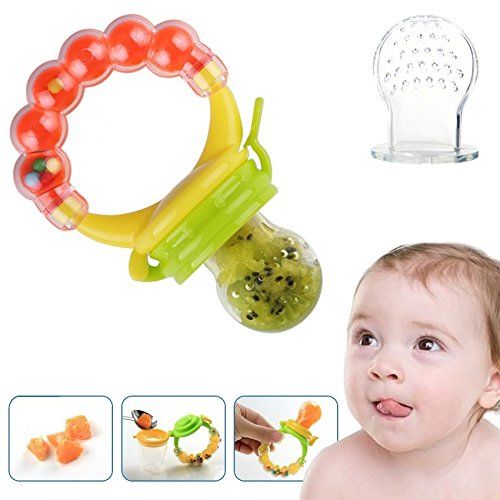
If your baby is nursing less frequently than they have in the past, but is eating via a bottle or cup, and is clearly healthy and happy, you can rest assured that their nursing strike is not adversely affecting their overall health.
Nursing strikes can be frustrating for both you and your baby and can be caused by a variety of physical or emotional circumstances. A nursing strike doesn’t mean that you need to introduce formula or that your breastfeeding relationship is ending.
After a few days and with a little extra coaxing and support, you and your baby will likely be back to nursing like normal!
End of feeding or strike? - La Leche League Russia
Nancy Morbacher
Mount Prospect, Illinois, USA
Published in: NEW BEGINNINGS, Vol. 9 no. 6, November-December 1992, pp. 173-4, 176
Translation by Alexandra Kazachok
Your baby suckled well for several months, and then suddenly he completely refused to breastfeed. What does it mean? Something with milk? Is the child unwell? Is the child ready for weaning?
What does it mean? Something with milk? Is the child unwell? Is the child ready for weaning?
A baby who refuses to breastfeed is not necessarily ready to stop breastfeeding. If the child is not yet a year old, if he eats little solid food and does not drink from a cup, it is unlikely that he is ready to give up the breast for good. It's most likely a strike.
A strike is one way to communicate that something is wrong, and most children on strike do not seem happy about what is happening. Some strikes start abruptly, some gradually. But a strike does not necessarily mean the end of feedings. If the mother is ready to return the baby to the breast, the strike usually lasts two to four days, although it can be longer. With some patience and perseverance, it is almost always possible to convince the child to return to the breast, and mother and child continue to enjoy all the benefits of breastfeeding.
Possible causes of strikes
Sometimes the reason for a strike is obvious, and sometimes mom never finds it out.![]() Some of the common reasons a baby may refuse to breastfeed are:
Some of the common reasons a baby may refuse to breastfeed are:
- sore mouth from teething, sore, "cold", or fungal infection such as thrush,
- inflammation of the ear, from which the child may experience pressure or pain when feeding,
- baby hurts when held in a feeding position, possibly due to vaccination or injury,
- a cold or stuffy nose interferes with breathing while feeding,
- too frequent use of bottles, abuse of a pacifier or frequent thumb sucking, which can lead to a decrease in milk supply,
- the child was regularly distracted from feeding or interrupted them,
- unusually long separation from mother.
There are several situations where the mother's actions can provoke the child's refusal to take the breast:
- 0030
- significant change in mode, such as moving or traveling,
- restriction and/or strict feeding schedule,
- while breastfeeding mother speaks loudly or argues with other family members,
- overexcitation, stress, tension from a busy day or disruption of the usual environment in the house,
- repeated refusal of the mother to feed the child when he wants, or attempts to let him shout.

Becky Hallowell of Guam found on the third day of her six-month-old son Todd's strike that “we had all the usual reasons, and a little more to boot. We all had a cold (Todd the most). Everyone was nervous and tired. Todd's grandparents came to visit us for a month, whom we had not seen for a whole year. While they were staying with us, grandfather ended up in the hospital. Todd was cutting his teeth, he started biting me, and I reacted a lot.”
There are other, less common reasons for the strike - sensitivity of the child to mother's food or medicines (including vitamin and mineral complexes, fluoride preparations, dairy products, caffeine), creams and ointments for the nipples, change in the taste of milk due to inflammation in the breast or changes in the mother's diet, reaction to a new detergent (soap, shampoo, washing powder), through the mother's skin or clothing.
Naturally, not all babies respond to these situations by refusing to breastfeed. Some babies are more sensitive than others. Different children may react differently to the same thing. For example, with inflammation of the ear, one child may continue to suck well, another will become naughty at the breast, and the third may refuse to take the breast at all.
Different children may react differently to the same thing. For example, with inflammation of the ear, one child may continue to suck well, another will become naughty at the breast, and the third may refuse to take the breast at all.
A hard time for everyone
Whatever the reason, a strike is an unpleasant event for everyone. The child may cry and be difficult to soothe. The mother may feel frustrated, helpless, and worried that the child is rejecting her. Feelings of guilt may arise - it seems that the child refuses because she did something wrong.
Ann Monroe of North Carolina, when her daughter Megan went on a five-day strike at 8 months old, writes that she "felt great grief and rejection the whole time." Victoria Schnaufer of Pennsylvania, who survived a ten-day strike with her son Jonathan, recalls: “Until Jonathan went on strike at eleven months, I had no idea how emotionally and physically draining this situation could be. By the third or fourth day, I was completely desperate and starting to get angry. ”
”
Carol Straight changed her mind when Christie refused to breastfeed at two and a half months. “Thousands of thoughts raced through my head - maybe I'm eating something wrong, or it's teething, or maybe it's because I'm too nervous (and what nursing mother would not be nervous if a small child suddenly refuses from the breast?), perhaps she no longer wants to breastfeed at all - there was even a wild thought that she did not love me!
There are two problems in the situation. Since the baby skips feedings, the mother becomes uncomfortable with the full breast. There is a risk of blockage of the ducts or inflammation. But the child still needs food. Worries about how to feed him add to his mother's anxiety.
Taking care of mother and baby
While the mother is trying to convince the baby to breastfeed, she may need to pump as often as the baby would normally breastfeed. This will help avoid painful filling, prevent blockage of the ducts and provide the baby with the necessary milk.
Pumping by hand or with a small breast pump is an art that comes with practice. If the mother of a striking child is having trouble pumping, renting a large electric breast pump is a good alternative (your local LLL leader can point you to the nearest rental shop). Large electric breast pumps do not require experience and skill, since the pumping mechanism completely imitates the sucking of a baby. These breast pumps have devices that allow you to express both breasts at the same time, which reduces the time required by half.
The mother needs to decide how to give the baby expressed milk. Most think of bottles first, but it's best to avoid bottles and pacifiers when on strike. This will make it easier to convince the baby to return to the breast. Rubber nipples meet the baby's need for suckling by reducing the urge to suckle. Some hospitals in Africa don't use bottles at all. Even premature and sick babies are fed from small cups. Try offering expressed milk from a cup, small flexible bowl, spoon, pipette, or food syringe. At first, an unfamiliar way of feeding can be a little difficult, but with experience and patience, the baby will quickly learn to get milk in a new way.
At first, an unfamiliar way of feeding can be a little difficult, but with experience and patience, the baby will quickly learn to get milk in a new way.
The mother may also worry about whether the baby is getting enough milk. To calm down, you can count wet diapers. Six to eight wet cloth diapers a day - five to six disposables - means the baby is getting enough fluid.
Bringing the baby back to the breast
Patience and perseverance are the most important things in bringing the baby back to the breast. If, when trying to offer a breast, either the mother or the child is irritated, it is necessary to interrupt for a while and try again after a while. Feeding attempts should be as pleasurable as possible so that the baby associates feeding with positive emotions.
The following time-honored suggestions have helped many mothers overcome strikes:
- Try feeding while your baby is sleeping or half asleep, such as at night or during daytime naps.
 Many babies who refuse to breastfeed when awake breastfeed when they are drowsy.
Many babies who refuse to breastfeed when awake breastfeed when they are drowsy. - experiment with nursing positions. Some babies refuse in one position but take the breast in another.
- feed on the move. Some children are more accommodating if they are rocked or carried rather than sitting or standing motionless with them.
- Feed in an environment where there are no distractions. Some babies, especially those over three months old, are easily distracted. Turn off the radio and TV, try to feed your baby in a quiet, semi-dark room.
- pay special attention to skin to skin contact. Concentration and additional tactile contact have a calming effect on both mother and child. When offering the breast whenever possible, strip to the waist and undress the baby down to the diaper. If the room is cool, wrap yourself in a blanket. The
- sling or baby carrier will help keep your baby in close proximity between feeding attempts. Shared warm baths are also soothing.
 Co-sleeping provides even more closeness and opportunities to feed a sleeping baby.
Co-sleeping provides even more closeness and opportunities to feed a sleeping baby.
Lee Roversi of Connecticut, always amazed by the "seemingly constant need for Skye's son to be at the breast", had to change his outlook on life when, due to cutting fangs and the associated pain during feeding, he went on strike. “The next two days we spent in constant contact - hugging, reading, sitting on the arms, swinging, swimming together. Luckily, he fed at night in his sleep, and I pumped a little by hand during the day, which saved my breasts from overflowing. When the strike was over and he asked for "titya" again, I realized that everything was falling into place. Everything else could wait - as long as you like - while I enjoyed the moment."
Infant strike. Your baby from birth to two years
Infant strike
Some children will utterly refuse to breastfeed for several days, and then, after much persuasion and cajoling, return to their former habits.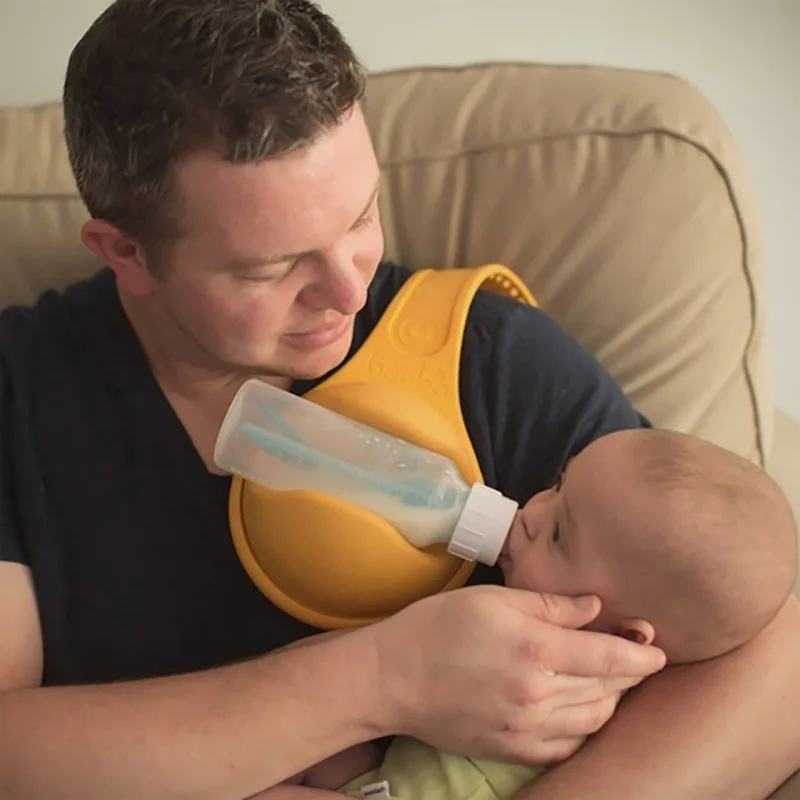 Jokingly called a strike, this behavior is usually triggered by physical disturbance such as teething, illness, or hospitalization, and emotional distress, such as a recent move to a new home, mother's illness, family discord, or too much noise in the house (too many guests, too many responsibilities outside the home, holiday stress, and so on). Our first child, Jim, refused to breastfeed after visiting the ER for stitches after a fall at eight months of age. As young parents, we decided it was time for him to wean. After all, he was already eight months old, eating solid food and drinking well from a mug, and in those days, almost all children were weaned by eight months. We made no attempt to bring him back to the breast. Now we know that Jim just had a strike.
Jokingly called a strike, this behavior is usually triggered by physical disturbance such as teething, illness, or hospitalization, and emotional distress, such as a recent move to a new home, mother's illness, family discord, or too much noise in the house (too many guests, too many responsibilities outside the home, holiday stress, and so on). Our first child, Jim, refused to breastfeed after visiting the ER for stitches after a fall at eight months of age. As young parents, we decided it was time for him to wean. After all, he was already eight months old, eating solid food and drinking well from a mug, and in those days, almost all children were weaned by eight months. We made no attempt to bring him back to the breast. Now we know that Jim just had a strike.
Here's how to negotiate with a striker. First of all, take this as a temporary loss of interest in the breast, and not as a sign that your baby is ready to wean. Babies under nine months of age rarely want to be weaned. Try to identify the possible physical or emotional upheaval that caused the strike. And then lure your starving baby back to your breast. Imagine that you are just starting to breastfeed your newborn baby. Get to know each other again. Temporarily set aside all responsibilities that keep you from being with your child. Explain to your husband and other family members that the child has gone on a hunger strike and that you need to focus entirely on the child for the next few days. Turn off your phone, relax in a comfortable feeding station, soak together in a warm bath, turn on soothing music, and just keep your baby skin-to-skin for most of the day. Carry your baby in a sling for as long as possible, keeping the baby close to your chest. Feeding during daytime and nighttime sleep are proven ways to lure the baby back to the breast; children who resist the breast in the waking state most often agree to suck it when they fall asleep or even right in a dream. Cuddle your baby closely at night.
Try to identify the possible physical or emotional upheaval that caused the strike. And then lure your starving baby back to your breast. Imagine that you are just starting to breastfeed your newborn baby. Get to know each other again. Temporarily set aside all responsibilities that keep you from being with your child. Explain to your husband and other family members that the child has gone on a hunger strike and that you need to focus entirely on the child for the next few days. Turn off your phone, relax in a comfortable feeding station, soak together in a warm bath, turn on soothing music, and just keep your baby skin-to-skin for most of the day. Carry your baby in a sling for as long as possible, keeping the baby close to your chest. Feeding during daytime and nighttime sleep are proven ways to lure the baby back to the breast; children who resist the breast in the waking state most often agree to suck it when they fall asleep or even right in a dream. Cuddle your baby closely at night. Sometimes recreating the feeding environment reminds the baby of what he is missing out on. If the baby continues to pull away from the breast, do not force feed. Let your baby sleep, skin to skin, with his head resting on your chest. Remember, “nursing” means to nurse, care for and care for, and not just provide food. Babies sometimes need a few days of feeding exclusively on petting and tenderness before they return to the breast.
Sometimes recreating the feeding environment reminds the baby of what he is missing out on. If the baby continues to pull away from the breast, do not force feed. Let your baby sleep, skin to skin, with his head resting on your chest. Remember, “nursing” means to nurse, care for and care for, and not just provide food. Babies sometimes need a few days of feeding exclusively on petting and tenderness before they return to the breast.
A hunger strike may be an indication that the child wants to renegotiate the mother-child contract. Try to recreate the environment in which you breastfed your baby before the strike: your baby's favorite position, the rocking chair, the place in the house, or the "crib" position in bed. With the creative approach of the mother, in most cases, the strike can be dealt with in a couple of days. But we know children who refused to breastfeed for almost a week, and then gradually returned to it. Their mothers didn't lose heart, made themselves as available as possible, pumped milk to maintain its production and listened to their intuition, which told them that the child was not yet ready for weaning. In this case, the advice of a mother who has gone through this helps well - call La Leche League. If, after all these tricks, the baby is still refusing to breastfeed, you can be sure that this is exactly what your baby is striving for and that your baby is really ready to move to the next level - to weaning.
In this case, the advice of a mother who has gone through this helps well - call La Leche League. If, after all these tricks, the baby is still refusing to breastfeed, you can be sure that this is exactly what your baby is striving for and that your baby is really ready to move to the next level - to weaning.
DR BOB'S NOTE. Our third child went on strike when he was one year old after Cheryl screamed loudly when her son bit her nipple while nursing. Baby Joshua was so confused and upset that he refused to breastfeed for three long days. Sheryl planned to breastfeed until she was three years old, so she was incredibly upset, mistaking the strike for the end of their most precious relationship with her son during breastfeeding. Looking at her disappointment, I realized how much this part of motherhood meant to her. Luckily we were able to bring him back to the breast and continued feeding until he was 3 years old.
This text is an introductory fragment.
Weight loss during breastfeeding
Weight loss while breastfeeding • Breastfeeding helps to quickly lose weight after childbirth. 80% of breastfeeding women experience a gradual decrease in body weight at a rate of 500 g to 1 kg per month during the first 4-6 months after childbirth.• At
World Health Organization (WHO) breastfeeding guidelines
Breastfeeding Principles According to the World Health Organization (WHO) 1. Strictly adhere to the established breastfeeding rules and bring these rules to the attention of medical personnel and women in labor. If the maternity hospital or clinic establishes
Breastfeeding schedule
Breastfeeding regimen Up to 3 months: about 17 breastfeeds per day. 3 months: 5 feedings per day, plus nightly. 4–5 months: 4–5 feedings, plus some solid food. 6 months: 3 breastfeeds per day: early in the morning, at bedtime and once a day. 9 months: 2 infants
3 months: 5 feedings per day, plus nightly. 4–5 months: 4–5 feedings, plus some solid food. 6 months: 3 breastfeeds per day: early in the morning, at bedtime and once a day. 9 months: 2 infants
Chapter 4. Infancy
Chapter 4 Cynthi Kovach / Dreamstime.com So, behind the most difficult month in a child's life - the newborn period. For you, this stage was not only intense and difficult, but at the same time joyful and rich in discoveries. Young woman overcame shyness before
Termination of breastfeeding
End of breastfeeding Ending breastfeeding is an important milestone in a baby's development. There is no set time when the physical and emotional benefits of breastfeeding or the satisfaction of sucking on a bottle suddenly disappear for all babies.
Termination of breastfeeding
End of breastfeeding Ending breastfeeding is an important milestone in a baby's development. There is no set time when the physical and emotional benefits of breastfeeding or the satisfaction of sucking on a bottle suddenly disappear for all babies.
There is no set time when the physical and emotional benefits of breastfeeding or the satisfaction of sucking on a bottle suddenly disappear for all babies.
How to lose weight while breastfeeding
How to lose weight while breastfeeding You have been gaining weight for nine months, so be prepared for the fact that in order to safely lose it, it will take the same nine months. Breastfeeding mothers need, theoretically, an average of 500–600 additional
Breast milk protective factors
Protective factors in breast milk Nurture and protect - these are the goals of every mother in relation to the nutrition of the child. You have already learned that breast milk provides ideal nutrition for babies; now you will find out that this rich product also protects them.White
Proper nutrition during breastfeeding
Proper nutrition while breastfeeding Just as you provided your baby with the nutrients it needs to grow during pregnancy, your milk now provides the nutrition it needs for extrauterine development in the first 90,009
Medicines for two: Caution when using medicines while breastfeeding
Medications for two: Caution when taking medications while breastfeeding At a certain stage of lactation, most mothers need medicines to treat a particular disease. Besides the fact that you have
Besides the fact that you have
Breastfeeding Basics
Breastfeeding Basics Entire books have been devoted to breastfeeding. If you've made the decision to breastfeed, I bet you already have a couple of these guides. As in any business that requires learning and improvement, the key to success here is patience and
Why you might want to stop breastfeeding this week
Why you might want to stop breastfeeding this week you can't start If your baby seems to have lost your nipple, tickle the cheek facing you to help him find his way: newborns often look for the nipple in the wrong place
Breastfeeding training
Breastfeeding training The easiest way to learn is to ask someone to be with you at each feeding to show you what to do.


